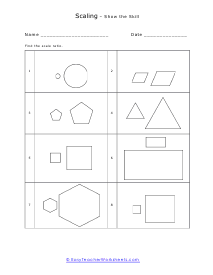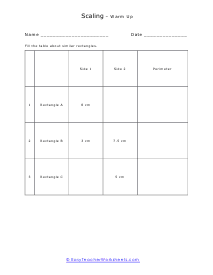What are Scale Ratios? Ratio scale is quantitative and helps us to measure variables. With it, we can compare the intervals or differences easily. It has a zero point or character of origin with the fourth level of measurement. For example, the temperature outside is 0-degree Celsius. It means it indicates the value rather than hot or cold temperature. Variable measurement scale has three other qualities that are nominal, ordinal, and interval. Nominal - we use it to name or mark a series of values. Ordinal - it offers information related to the order of choices such as we learn by using client satisfaction survey. Interval scales - It quantifies the difference between each one and provides the order of values as well. We can easily understand the ultimate order, interval, values. And we use absolute zero characteristics for calculating ratios. Ratio scale indicates about object's order and number between the scale value. General examples of scale ratio: Height , Money, Age , Weight Example as per market research: Price, Sales , Price , Number of clients, Market share Qualities of Scale Ratio: Scale ratio makes it meaningful to say 'the length of one object is two times greater than other'. It does not include -ve number except for the interval scale due to absolute zero. With it, we can use different probabilities for statistical study.
When you view a map you will often see a map scale. This tells us the estimated distances (size) in real life. Scaling objects and systems is critical in the planning of almost all forms of construction. A scale demonstrates the ratio from a drawing or model to the real thing. Scaling is used when a drawing up the plans for building a home or even designing and manufacturing an automobile. These worksheets explain how to scale shapes. Some of these worksheets will require the use of a ruler.








